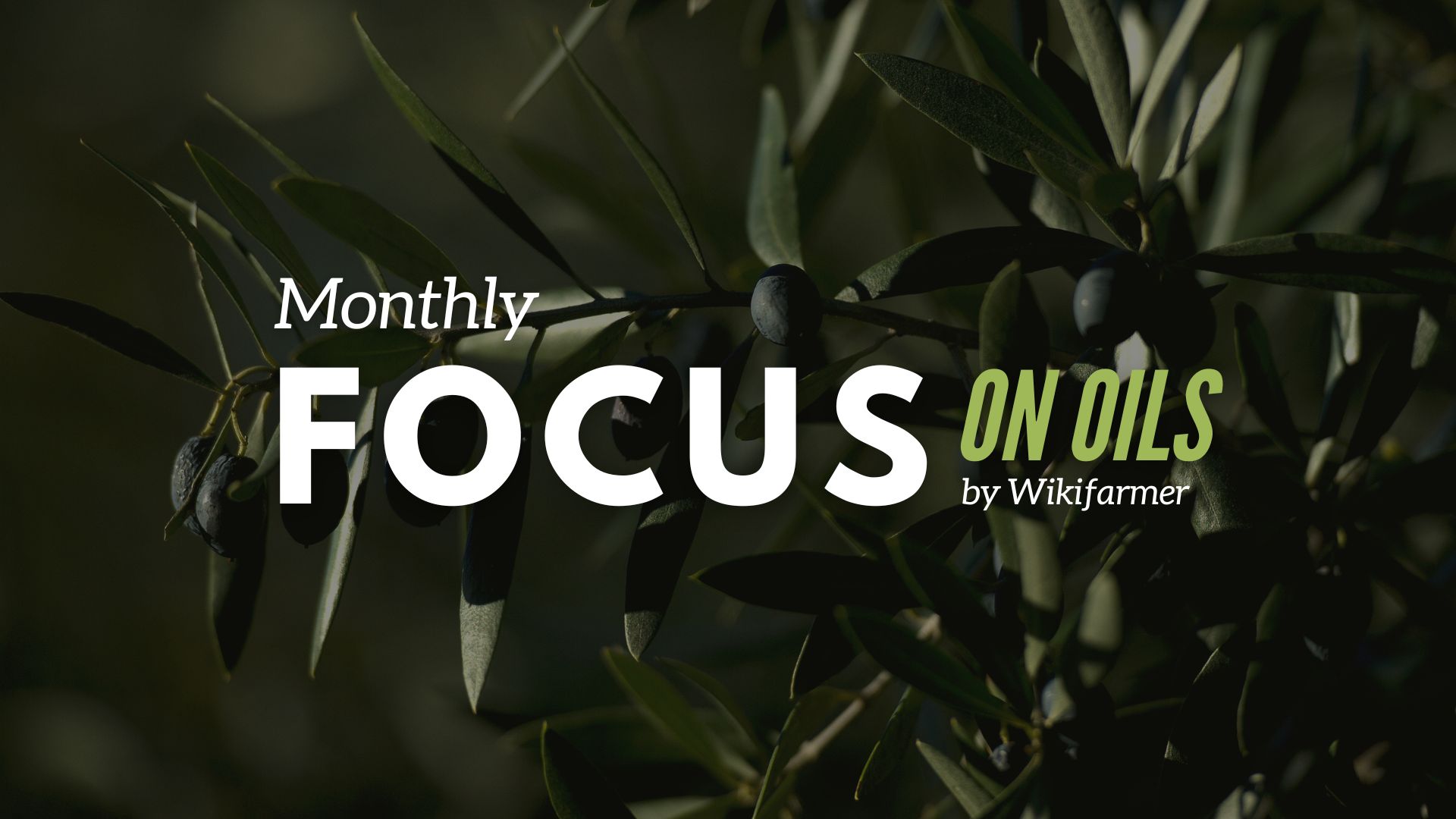Olive Oil Monthly Report: February 2024

European Olive Oil Market Report - February 2024
Main Market Figures - Spain
The developments observed in Spain during January, the world's epicenter of olive oil production, have set the tone for market analysis in the coming months. The movement of various factors behind the sector's trends became more explicit, which will help shift the climate in Spain and worldwide. The outcomes that strongly influenced domestic product availability came from the frontiers of consumption, harvest, and weather conditions.
Consumption
This time, consumption needs to be the first point of discussion on the Spanish olive oil market, uncrowning production outcomes from the top of the agenda.
Last week, we showcased some dismal projections on this season's final stocks in the EU. However, after AICA's recent data release on January's production and consumption levels, these expected volumes have decreased even further. More specifically, there was a record consumption (both domestic and through exports) of 83,940 tons in the month considered, which is a staggering 49.88% higher than January 2023 and 26.83% higher than December's consumption levels. This sets the bar for the average monthly consumption in 2024 at a much higher level compared to 68,627 tons last year.
.png?upscale=true&width=1120&upscale=true&name=mGXRK-monthly-consumption-of-olive-oil-spain-in-tons-%20(1).png)
Harvest
Forecasts on production outcomes have been fluctuating significantly lately. Regarding Spain, many corrections were previously made, mostly revising the estimates upwards. For January, olive oil production levels reached 185,353 tons, which makes for an accrued total amount harvested of 774,653 tons this season as of January 31. As a result, February's outstanding marginal production will undoubtedly lead to the final volumes of the season surpassing the boundary of 800,000 tons.
Weather Conditions
The weather was somewhat erratic in January, shifting from beneficial rainfall to summer-like temperatures in no time. Hopefully, February was off to a good start with 60-70 liters of rain per square meter, and forecasts for the rest of the month are optimistic. The precipitation levels needed to resolve the existing drought have fallen to 250 liters per square meter, 37.5% lower than the equivalent levels in January and December but still constituting a reasonable amount of rain needed.
The current state of water reservoirs in Spain is showcased in detail in the following graph:
.png?upscale=true&width=1120&upscale=true&name=okfT2-reservoired-water-in-spain-12-feb-2024%20(1).png)
Our worries regarding the integrity of olive groves through the critical flowering season have thus subsided; current conditions and estimations have shifted towards a good flowering in May and a better crop next season.
However, until summer, the fundamentals behind price movements are expected to remain resilient. Therefore, prices are expected to remain high, which could tempt the supply side to retreat from the market and drive availability to deficient levels. This tactic would help them maximize their short-term profits by betting on price hikes before the harvest season starts next year.
Our View
January's production was higher than anticipated, and the groundwork for the next season's supply is being laid under good omens. However, these positive developments are inadequate to provide quantities high enough to ensure a healthy start to the next season. With the current availability standing at 735,429 tons, and if consumption continues at the same pace, there would be a carryover of approximately 70,000 tons.
Decades of market experience have established that a carryover of less than 200,000 tons is just technically impossible; with a minimum viable carryover of 200,00 tons, a maximum of 66,900 tons of monthly consumption is possible for the eight months remaining until the next season starts. That effectively means that should consumption not decrease severely, there will not be enough oil to finish the season. This possibility would drive the already turbulent sector entirely out of its comfort space.
The outcome in the sector is solely determined by the interaction between market powers, which is out of the control of individual operators. We can only observe the designation of higher production versus higher consumption as the factor most relevant in product availability.
Main Developments in Greece
As of January 31, the olive oil harvest in Greece has concluded, signifying the beginning of a season of constant drops in availability. The 2023/24 season is highlighted as challenging, leaving producers grappling with the aftermath of reduced yields.
Despite the guaranteed negative trend in domestic olive oil availability from now on, producers in Greece have already shown notable reluctance in promoting their products down the value chain. The goal of securing higher prices for their product drives this hesitation, with such ventures typically flourishing under uncertain circumstances and steadily dropping supply.
The combination of reduced supply and sustained consumer demand creates a situation where the market is poised to suffer a supply gap for an extended period. As explained above, this is because global consumption levels have increased in relation to available stocks.
.png?width=450&height=87&name=New%20Logo%20(1).png)
